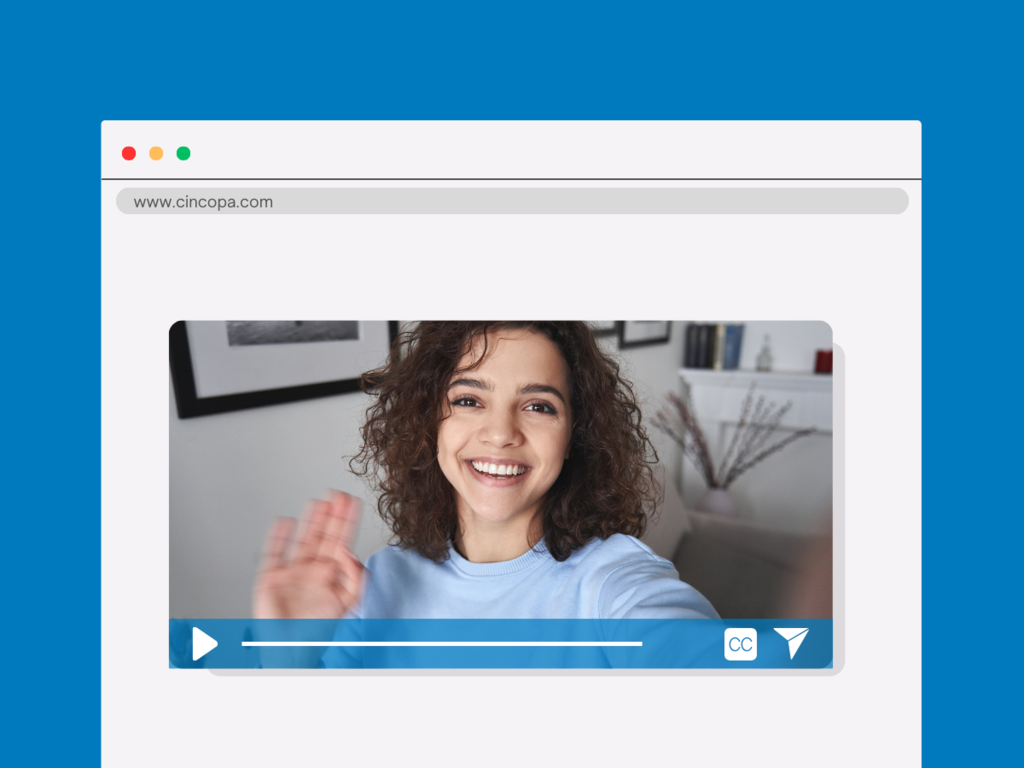Level up your video content calendar in 2024!
The importance of video content in a digital marketing strategy is unquestionable, especially in the age of TikTok, Instagram Reels and YouTube Shorts. It can be a challenge to create consistent and engaging video content without proper planning. This is where a video content calendar can be invaluable. It will help you to plan, organize, and execute your video content marketing strategies.

What is the purpose of video content?
Video content provides a crucial way for businesses to establish brand awareness and build trust with audiences. You are more likely to connect on an emotional level with your audience when using videos than when using any other type of content. Videos provide a great medium for storytelling and allow you to build deeper connections with viewers.
Video content works on a wide range of platforms and not only gets you more views and shares but also more conversions and sales. Video content can also drive an increase in organic traffic from search engines. A video hosting platform like Cincopa offers many video marketing tools such as CTAs, contact forms, and subtitles. It also offers an “Ultimate Guide to Video Marketing in 2024” to help you with your video content. Visit its home page to find out more about the platform.
What is a video content calendar?
A video content calendar is like a roadmap for content creation and distribution. It will help you to maintain a consistent posting schedule and to stay organized so no important date or topic falls through the cracks. When you plan your video content in advance, you will become more efficient, save time, and reduce stress.
A content calendar also helps to align your video marketing strategy with your business goals and seasonal trends. Your video content calendar will contain:
- Dates and deadlines for publication of content.
- Content titles or topics.
- Content types such as different types of videos.
- Relevant keywords for video SEO.
- Responsibilities of different team members.
Planning your content 30 days at a time means you won’t miss a deadline no matter how busy you get. It is almost impossible to create a dedicated audience if you don’t have a reliable schedule.
Tools and software for creating a video content calendar
Various tools and software are available for creating a video content calendar.
- Excel and Google Sheets provide a simple way to set up a video content calendar.
- Project Management tools like Asana and Trello can also be helpful as they allow you to assign different responsibilities to different team members.
- Specialized software like Hootsuite and HubSpot will help you schedule posts on social media ahead of time. This keeps your uploads consistent and workflow organized.
Integrating video content with your marketing strategy
You don’t want to produce video content without any direction or coherence as this could lead viewers to disengage. You must organize your ideas, schedule releases, and ensure you produce videos that align with your brand objectives and resonate with your audience. For example, if your audience appreciates live streaming you should incorporate it into your video marketing strategy.

Set clear objectives
When integrating video content you need to set clear objectives. You must define what you want to achieve such as boosting brand awareness, driving website traffic, generating leads, or making sales. These objectives will shape your video marketing strategy.
Find out more about your audience
You need to decide on the type of video content that resonates most with your audience. This involves conducting some audience research to determine pain points, preferences, and interests. Video messaging can help you connect with your audience and get feedback.
Do keyword research
Keyword research is necessary to make sure you use relevant ones with search demand and not too much competition. Video SEO involves using relevant keywords in video titles, descriptions, and thumbnails.
Plan your content distribution
Video content works well on many different channels, including in blog posts, on social media, via email, and on other digital channels. You will need to decide which channels work best for your audience.
Stay up to date with trends
Staying up to date on trends can ensure your video content receives more engagement. Your video content calendar gives you structure but you should be open to adjustments in the light of current trends, news, and audience feedback. These can influence your content priorities.
Tracking content performance
Once you have your video content calendar in place, video marketing statistics will help you understand how your videos are performing. Knowing which video content gets the most interaction can help to guide your future marketing strategies. You can also make improvements to videos that don’t perform as well.
Hosting your video content
When you create many different kinds of videos for video marketing, you need a central location from which to manage them. Using a video hosting platform like Cincopa allows you to manage, host, edit, publish and track your videos across all platforms. You can benefit from its on-video tools, customization options, and robust security features. Advanced analytics allow you to measure the success of your marketing campaigns.
Conclusion
A well-thought-out content calendar is the best way to optimize your video marketing. It ensures that posting video content is consistent and sustainable. You will create a roadmap with all the information you need in one place. This will help you to make the most of the videos you produce and lead to business growth.










